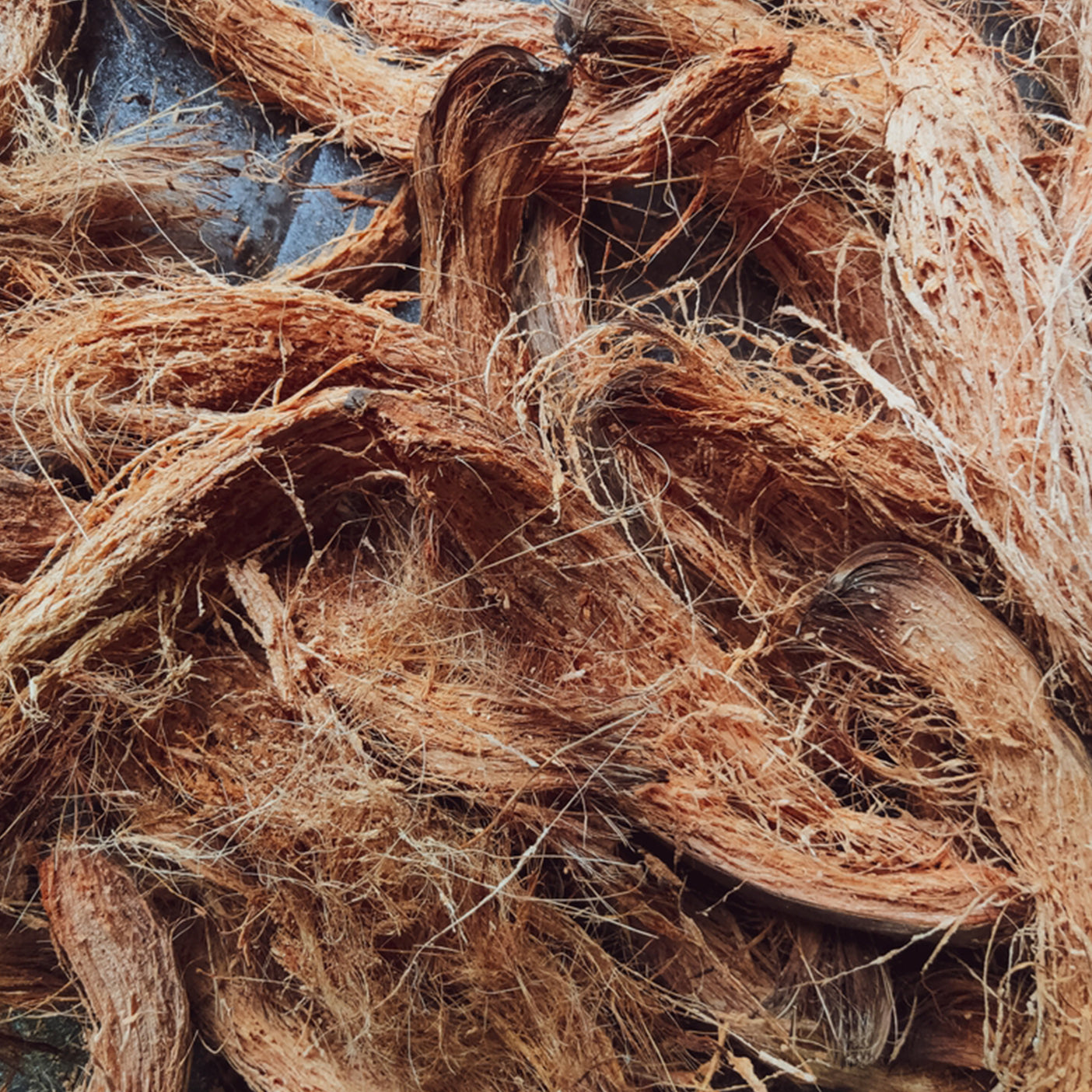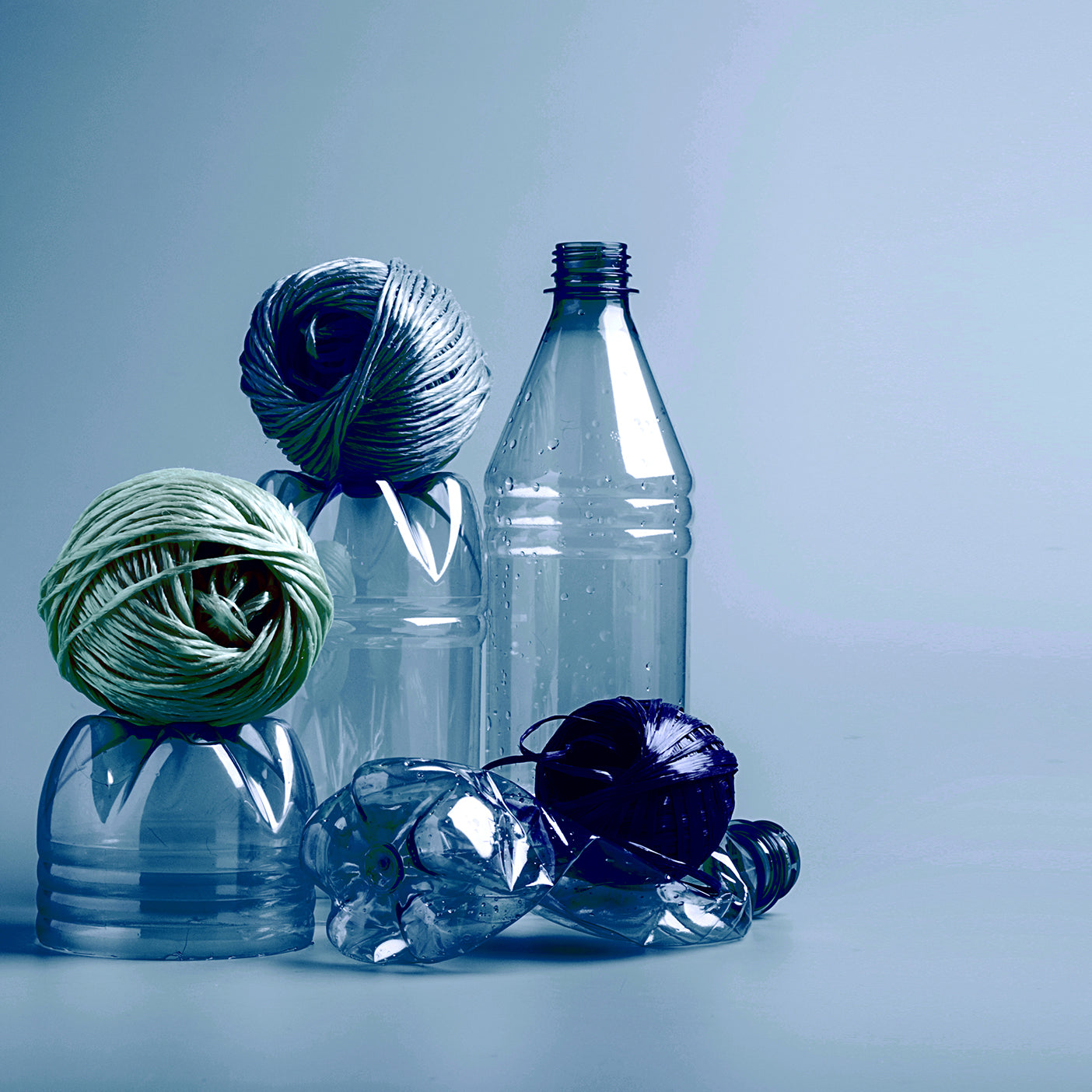High-quality bedding is an investment. The difference between “new for years” and “tired in months” is often the label you skip.
Those tiny tubs, triangles, circles, and dots are not decoration. They are a recipe for softness, color, and shape.
If sheets have shrunk, colors have bled, towels feel flat, or a duvet never dries evenly, this guide will change that. We will break down every wash, dry, iron, and bleach icon and turn them into simple settings you can use today.
You will know which temperature to choose, which cycle protects elastic, how to dry for loft without shrinkage, and when to skip products that coat fibers.
Why Understanding Bedding Care Symbols Matters
Before we dive into icons, it helps to know what you gain from using them correctly.

● Preserve fabric quality
The right temperature and motion limit shrinkage, pilling, and color loss.
● Improve hygiene
Correct washing and full drying help remove body oils, sweat, and common microbes.
● Extend lifespan
Sheets, towels, and comforters keep their structure when you avoid harsh settings.
● Save time and money
Fewer re-washes and replacements, better results in one cycle.
How to Interpret Any Care Label?
Use this quick routine each time you check a new item. It keeps you from guessing and helps you set the machine correctly.

● Scan the five icon groups in order: Wash, bleach, dry, iron, and professional care.
● Note the strictest instruction: If one icon says “do not,” follow that over everything else.
● Set temperature by dot or number: One dot is cool, two is warm, three is hot. Numbers are in °C.
● Match the line count to the cycle: No line is normal, one line is permanent press, two lines is gentle.
● Confirm drying: Check if tumble is allowed, and which heat level.
● Finish with extras: Steam permission, line or flat dry, shade, and any special notes.
Decoding 5 Common Wash Care Symbols and Meanings
Here is the laundry care symbols meaning for the wash tub icon, dots, and lines, so you can set the right cycle fast.

1. Washing tub icon
Machine wash allowed. A number shows the maximum temperature in °C.
2. Dots in the tub
One dot is cold or 30°C. Two dots are warm or 40°C. Three dots are hot or 60°C.
3. Hand in the tub
Hand wash only. Use a gentle detergent and avoid wringing.
4. Line under the tub
No line indicates a normal washing machine cycle. One line suggests a permanent-press cycle. Two lines suggest a gentle or delicate cycle.
5. Tub with a cross
Do not wash. Use professional cleaning as directed.
Laundry Instruction Icons for Drying
Drying affects shape, fluff, and shrinkage. Read these signs before you press Start.

● Square with a circle
Tumble dry allowed. Dots inside show heat level: one low, two medium, three high.
● Square with a crossed circle
Do not tumble dry. Choose line-dry or flat-dry instead.
● Square with a horizontal line
Dry flat. Keeps knits and delicate weaves from stretching.
● Square with a vertical line
Line dry. Hang until fully dry.
● Square with three vertical lines
Drip dry. Hang while water runs off. Do not wring.
● Square with diagonal lines in the corner
Dry in the shade. Protects color from sun fade.
Ironing Symbols Explained
A quick look at the iron icon helps you avoid shine marks and scorching.

● Iron with one, two, or three dots
Low, medium, or high heat. Start low and increase only if needed.
● Crossed iron
Do not iron. The fabric or finish can be damaged by heat.
● Iron with steam lines crossed
Do not steam. Use a dry iron if ironing is allowed.
Bleaching and Professional Cleaning Symbols
These icons guide whitening, stain removal, and care that is best left to pros.

● Empty triangle
Any bleach allowed when needed.
● Triangle with two diagonal lines
Non-chlorine bleach only. Oxygen-based products are allowed.
● Crossed triangle
Do not bleach.
● Circle with letters (P, F, W)
Professional care codes. P and F indicate specific dry-cleaning solvents. W indicates professional wet cleaning.
● Crossed circle
Do not dry clean.
Typical Wash Instructions by Fabric Type
Use these common label translations as starting points. Always follow your own item’s label first.
1. Bed sheets (cotton and organic cotton)
● A few small choices keep cotton smooth and breathable.
● Machine wash warm at about 40°C with mild detergent.
● Wash dark colors separately.
● Tumble dry low or line dry.
● Warm iron if needed.
● Use bleach only on whites when allowed by the label.
2. Fitted sheets
● Elastic needs gentle heat and a little space.
● Machine wash warm at about 40°C.
● Avoid high heat to protect the elastic.
● Tumble dry low or hang dry.
● Do not bleach colored fitted sheets.
● Iron lightly if necessary.
3. TENCEL™ lyocell sheets
● Cool, smooth fibers prefer a softer approach.
● Machine wash cold to warm at 30–40°C on gentle.
● Mild detergent. Avoid chlorine bleach.
● Tumble dry low or line dry in the shade.
● Remove promptly to limit wrinkles.
● Cool iron if needed.
4. Linen sheets
● Strong natural fibers respond well to moderate heat and good airflow.
● Machine wash warm at 40°C on gentle.
● Mild detergent. Avoid heavy softeners.
● Tumble dry low or line dry.
● Iron while slightly damp for a smooth finish, or embrace the natural texture.
5. Towels (cotton and organic cotton)
● Protect absorbency and fluff.
● Machine wash warm at 40–60°C depending on label.
● Skip fabric softeners to keep loops absorbent.
● Tumble dry on medium for fluff.
● Avoid bleach on colors.
● Refresh with a vinegar or baking soda cycle if residue builds.
6. Comforters and duvets
● Large items need room to move.
● Machine wash on gentle at 30–40°C when label allows.
● Use a large-capacity washer.
● Mild detergent only.
● Tumble dry low with dryer balls to prevent clumps.
● Do not bleach.
● Wool or silk fills often require professional cleaning. Follow the label.
6 Easy and Practical Care Tips

A few simple habits make results more consistent. Treat these as your everyday checklist.
1. Read the label first.
Symbols set the safe range for temperature and motion.
2. Right load size.
Give bedding room to circulate. Overloading traps soil and detergent.
3. Wash cadence.
Sheets every 1 to 2 weeks, towels every 3 to 4 uses, comforters every 3 to 6 months or as labeled.
4. Use mesh bags for delicates.
Protect pillowcases, shams, and trims from zippers and hooks.
5. Measure detergent.
Too much detergent leaves residue. Too little does not clean fully.
6. Dry completely
Full drying limits odor, mildew, and fiber fatigue.
Bring Home Bedding That Stays Softer, Cleaner, and Fresher Longer
If you want low-tox materials and clear standards, choose bedding with transparent labeling and thoughtful construction.
Delara focuses on natural fibers with organic cotton options and fabrics tested to OEKO-TEX Standard 100 on many styles, so what touches your skin is made with care.
Pair quality materials with the care symbols in this guide, then follow simple routines for washing, drying, and storage. Your bedding will feel better today and last longer over time.
FAQs About Bedding Care Symbols
How hot should I wash cotton bed sheets?
Warm water around 40°C is a reliable choice. Reserve 60°C for whites when labels allow.
Can I tumble dry comforters at home?
Yes, on low heat if the label permits. Use dryer balls to keep the filling even and stop cycles from shaking and redistributing.
Why should I avoid fabric softener on towels?
Softeners can coat loops and reduce absorbency. Refresh absorbency with a vinegar or baking soda wash when needed.
Do organic bedding items need different care?
Use mild detergents, avoid harsh bleach, and keep temperatures within the label range. The right settings protect natural fibers.
Do colored sheets and towels need special care?
Wash separately in cool to warm water, avoid chlorine bleach, and dry in the shade or low heat to limit fading.









Leave a comment